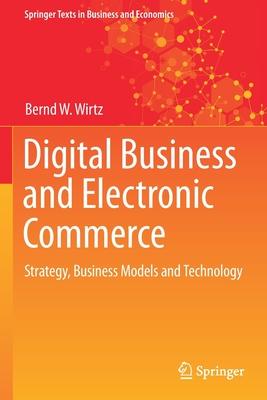Answered step by step
Verified Expert Solution
Question
1 Approved Answer
please do C and D parts only in 50 minutes please urgently... I'll give you up thumb definitely 2. In 2019, the Health Survey of

please do C and D parts only in 50 minutes please urgently... I'll give you up thumb definitely
2. In 2019, the Health Survey of England estimated that 28% of Britons are obese and a further 36% are overweight. Michael is interested in understanding the effects of obesity on individuals' labour market outcomes. a. Explain four reasons why we might expect obesity to affect individuals' labour market outcomes. (8 marks) b. Michael has two friends - Vincent and Tariq. Vincent is obese and earns 30,000 a year; while Tariq has a healthy weight and earns 40,000 a year. Michael believes that the difference in earnings between Tariq and Vincent - 10,000 - is the effect of being obese on individual earnings. Do you think he is correct? Explain your answer. (8 marks) Michael obtains data from a random sample of the population and estimates the following regression using ordinary least squares. Log Y = a + b*BMI + c*male + d*education + f*age + g*age + v Where Y are the individual's earnings, BMI is the individual's body mass index, male is a dummy variable taking a value of 1 if the individual is male and 0 otherwise, education are years of education, age is the individual's age, age is age- squared and v is an error term. He obtains the following coefficients and standard errors. Coefficient Standard error a 6.56 1.01 -0.15 0.044 0.11 0.04 0.10 0.02 0.01 0.004 -0.02 0.01 c. Interpret the OLS coefficient of the effect of increasing an individual's body mass index by 1 unit on earnings. Is it statistically significantly different from 0? Note that the critical value for a two-sided t-test with 5% level of significance is 1.96. (6 marks) d. Michael realises that his data includes information on the body mass index (BMI) of individuals' siblings with the same gender (i.e. for male individuals, the data contains information on the BMI for his male siblings). Could he use this information to obtain the true effect of BMI on earnings? Explain your answer. (10 marks) e. A sub-set of individuals in Michael's data have been randomly selected to receive vouchers to attend a weight loss program. Data on their obesity status and earnings is collected after the end of the program. Discuss, clearly outlining any assumptions, how Michael can use this to obtain the causal effect of BMI on earnings (10 marks) f. Explain one channel through which obesity imposes costs on society. (8 marks) DCD45 b d f g 2. In 2019, the Health Survey of England estimated that 28% of Britons are obese and a further 36% are overweight. Michael is interested in understanding the effects of obesity on individuals' labour market outcomes. a. Explain four reasons why we might expect obesity to affect individuals' labour market outcomes. (8 marks) b. Michael has two friends - Vincent and Tariq. Vincent is obese and earns 30,000 a year; while Tariq has a healthy weight and earns 40,000 a year. Michael believes that the difference in earnings between Tariq and Vincent - 10,000 - is the effect of being obese on individual earnings. Do you think he is correct? Explain your answer. (8 marks) Michael obtains data from a random sample of the population and estimates the following regression using ordinary least squares. Log Y = a + b*BMI + c*male + d*education + f*age + g*age + v Where Y are the individual's earnings, BMI is the individual's body mass index, male is a dummy variable taking a value of 1 if the individual is male and 0 otherwise, education are years of education, age is the individual's age, age is age- squared and v is an error term. He obtains the following coefficients and standard errors. Coefficient Standard error a 6.56 1.01 -0.15 0.044 0.11 0.04 0.10 0.02 0.01 0.004 -0.02 0.01 c. Interpret the OLS coefficient of the effect of increasing an individual's body mass index by 1 unit on earnings. Is it statistically significantly different from 0? Note that the critical value for a two-sided t-test with 5% level of significance is 1.96. (6 marks) d. Michael realises that his data includes information on the body mass index (BMI) of individuals' siblings with the same gender (i.e. for male individuals, the data contains information on the BMI for his male siblings). Could he use this information to obtain the true effect of BMI on earnings? Explain your answer. (10 marks) e. A sub-set of individuals in Michael's data have been randomly selected to receive vouchers to attend a weight loss program. Data on their obesity status and earnings is collected after the end of the program. Discuss, clearly outlining any assumptions, how Michael can use this to obtain the causal effect of BMI on earnings (10 marks) f. Explain one channel through which obesity imposes costs on society. (8 marks) DCD45 b d f gStep by Step Solution
There are 3 Steps involved in it
Step: 1

Get Instant Access to Expert-Tailored Solutions
See step-by-step solutions with expert insights and AI powered tools for academic success
Step: 2

Step: 3

Ace Your Homework with AI
Get the answers you need in no time with our AI-driven, step-by-step assistance
Get Started


